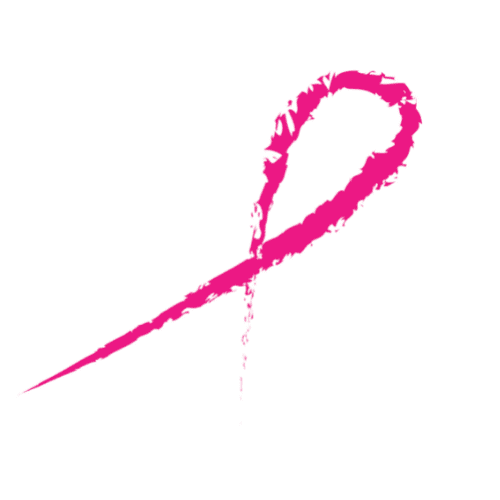Fax: 770-339-9804
Lawrenceville, Georgia 30046
Nearly one-third of all women diagnosed with breast cancer will require chemotherapy as part of their treatment. For many of these women, the extent and duration of this treatment would cause significant damage to veins in their arms, and they are then recommended to undergo port placement which places a catheter into a large vein in your chest that then allows for the delivery of medicine to the rest of your body. It also allows less painful blood draws which are frequent in patients undergoing chemotherapy.
Many patients who require chemotherapy benefit from port placement. Typically, the medical oncologist will determine which patients need this procedure based on the treatments they are planning. Some patients, undergoing short courses of chemotherapy, will not require port placement.
During your consultation, Dr. Schwartz will evaluate your case and read over the records from your medical oncologist and contact him or her as well regarding your need for chemotherapy. He will then schedule your port procedure in his Ambulatory Surgery Center. Dr. Schwartz places chemotherapy ports for his patients under general anesthesia in a procedure that takes approximately 20 minutes. These ports are placed under the skin on the chest wall near the collarbone. This places a catheter into a large vein in your chest that then allows for delivery of medicine to the rest of your body. The scar is approximately one inch long and heals well. Wound strips are placed on the scar which is typically taken off by the infusion nurses before your first treatment. Patients are discharged home after their procedure after an x-ray is performed to confirm accurate placement of the port.
Recovery takes less than a day and the port may be immediately used for administration of chemotherapy and blood draws. After you finish chemotherapy, Dr. Schwartz will remove your port in just a few minutes in the Ambulatory Surgery Center under light sedation. Recovery from port removal is even quicker than port placement and most patients are completely recovered by the end of the day.

